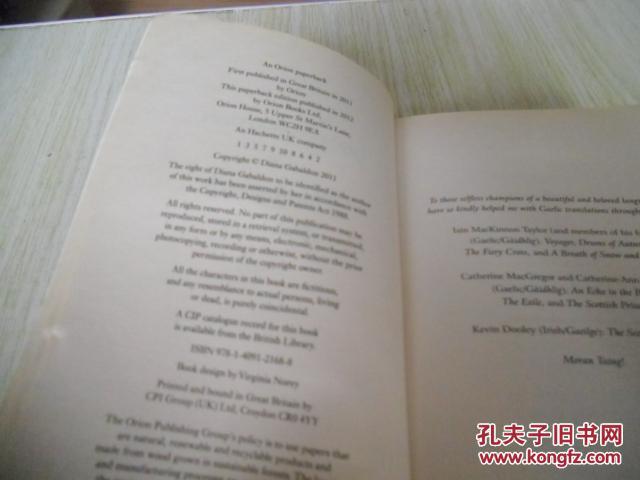Title: The Cashmere Market: Opportunities and Challenges
The cashmere market is experiencing significant growth, offering numerous opportunities for those willing to seize them. The increasing demand for cashmere products, primarily driven by the luxury fashion industry, has created a lucrative market for entrepreneurs and investors. However, cashmere farmers and processors also face significant challenges, including the high cost of production, unpredictable weather patterns, and limited resources. To succeed in the cashmere market, businesses and individuals must identify and address these challenges, while simultaneously seizing the opportunities that present themselves. By doing so, they can create sustainable and profitable cashmere businesses that contribute to the global cashmere supply chain.
Cashmere, also known as goat hair, is a highly prized textile material that has been used for centuries in clothing, accessories, and even home decoration. The cashmere market has experienced significant growth in recent years, driven by increasing demand from consumers worldwide. However, the industry faces numerous challenges and opportunities that are explored in this report.
The cashmere market is segmented into three main categories: raw cashmere, processed cashmere, and cashmere products. Raw cashmere refers to the raw material obtained from goats, while processed cashmere refers to cashmere that has undergone processing to improve its quality and texture. Cashmere products, on the other hand, include clothing, accessories, and home decoration items made from cashmere.

The raw cashmere market is characterized by a limited supply due to the limited number of goat herds worldwide. The demand for raw cashmere is high, and the price of cashmere fiber has increased significantly in recent years. The main producers of raw cashmere are China, Mongolia, Iran, and Afghanistan, with China accounting for the largest share of global production.
The processed cashmere market is more complex than the raw cashmere market. Cashmere fiber undergoes various processing techniques to improve its quality and texture, such as spinning, weaving, and knitting. The processed cashmere market is highly segmented, with different types of processed cashmere catering to different consumer needs. For example, some processed cashmere is designed for use in luxury clothing, while other types are suitable for home decoration or even industrial applications.
The cashmere products market is the most diverse and fastest-growing segment of the cashmere industry. Cashmere products include clothing, accessories, and home decoration items made from cashmere fiber. The demand for cashmere products is high, and the industry has experienced significant growth in recent years. However, the cashmere products market faces numerous challenges, such as high production costs and a limited number of designers and manufacturers skilled in working with cashmere fiber.

The cashmere market has numerous opportunities for growth and development. The demand for cashmere products is increasing worldwide, and new markets are emerging in Asia Pacific, Europe, and North America. Additionally, new processing techniques and design innovations are continually emerging to meet consumer demand for unique and high-quality cashmere products.
However, the cashmere market also faces numerous challenges. The supply of raw cashmere is limited, and the price of cashmere fiber has increased significantly in recent years. The processed cashmere market is highly segmented, with different types of processed cashmere catering to different consumer needs. The cashmere products market also faces high production costs and a limited number of designers and manufacturers skilled in working with cashmere fiber.
In conclusion, the cashmere market presents both opportunities and challenges for industry participants. The demand for cashmere products is increasing worldwide, and new markets are emerging in Asia Pacific, Europe, and North America. However, the supply of raw cashmere is limited, and the price of cashmere fiber has increased significantly in recent years. The processed cashmere market is highly segmented, with different types of processed cashmere catering to different consumer needs. The cashmere products market also faces high production costs and a limited number of designers and manufacturers skilled in working with cashmere fiber. Nevertheless, with continued innovation and development in processing techniques and design, the cashmere market is expected to continue to grow and prosper in the coming years.

Articles related to the knowledge points of this article:
The Beauty of Down: A Feathered Tribute to a Winter Classic
Title: Mastering the Art of Tie-in with Summer Scarves: A Guide to Various Ways to Tie Your Scarf
Title: The Art of mens silk scarves: A Style Statement
Boys Large Childrenswear Jackets: A Guide to Staying Warm and Fashionable



